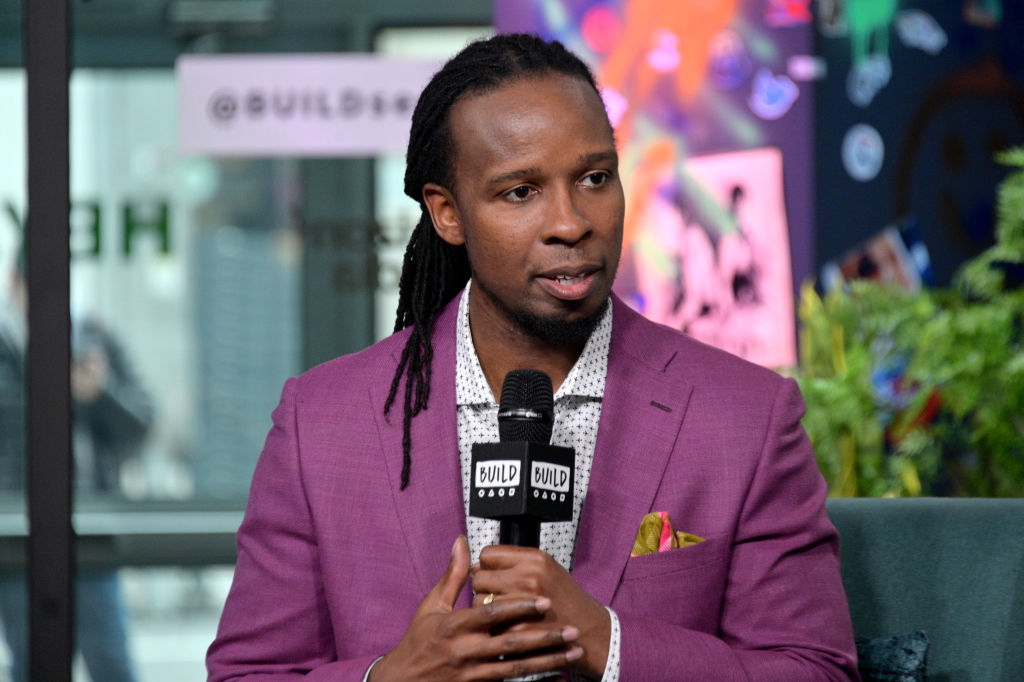In a late September article for the Washington Post magazine, staff writer DeNeen L. Brown declared that she has “decided to eventually leave America.” Though when or where she will go she “can’t say for sure,” she is “finally ready.”
“I want to engage in intellectual debates without having to explain the history of this country’s racism,” she writes. “I want to live in a country where racism is not a constant threat.”
There are other things about America that frustrate Brown. It’s a country that “seem[s] to be increasingly dangerous for Black people” — an observation that is, in fact, true, though, as data indisputably demonstrates, this stems far more from black-on-black crime than it does from a supposedly “white supremacist” regime. Brown further bemoans “state laws banning the teaching of Critical Race Theory,” which, she avers, amounts to “barring the teaching of historical truths.”
That assertion is the least defensible of Brown’s claims, as philosophy professor Ed Feser’s new book, a critique of racism and Critical Race Theory, makes clear. Though coming from a Catholic perspective — the title is All One in Christ — Feser’s short book contains several excellent chapters that define, dissect, and ultimately demolish CRT. Not for nothing does writer Ryan T. Anderson call it “the best book I’ve read on the topic.”
“The fundamental assertion of CRT,” writes Feser, “is that racism absolutely permeates the nooks and crannies of every social institution and the psyches of every individual… Nonwhite people suffocate under a regime of ‘racist power,’ ‘white privilege,’ and indeed ‘white supremacy.’” He cites the usual rogue’s gallery of CRT celebrities, including Ibram X. Kendi, Robin DiAngelo, Richard Delgado and Jean Stefancic. Racism, declares DiAngelo, “pervades every vestige of our reality.” And, as those who question CRT’s assertions soon learn, those who deny their racism only confirm their racism by doing so.
Of course, that’s only one example of CRT advocates’ rhetorical manipulation and double standards. Some CRT activists propose penalizing white students because of their white privilege, given that “racial discrimination is not inherently racist,” as Kendi has argued. Other CRT writers have suggested “campus speech codes,” “tort remedies for racist speech,” and “economic boycotts” against businesses that are not minority owned or fail to align with CRT ideology. The stakes are high, as underscored by Kendi’s Manichean rhetoric: “One either allows racial inequities to persevere, as a racist, or confronts racial inequities, as an antiracist.”
In response, Feser observes that CRT is “essentially a reformulation of some of the main themes of Marxism and postmodernism in racial terms.” He cites, for example, the Marxist trope that anyone who opposes communism must be fascist. He writes:
It is simply a matter of elementary logic that the truth of a claim, and the contingency of an argument, stand or fall completely independently of the character or interests of the person making it, its historical or cultural origins, the context in which it is made, and any other such considerations.
That presents a problem for Kendi and company, given that most of their claims are based on various logical fallacies, particularly ad hominem and poisoning the well. “The general problem with ad hominem fallacies… is that they simply change the subject,” says Feser.
Feser also highlights CRT advocates’ use of special pleading — that’s applying an arbitrary or unjustified double standard. For example, a common claim in CRT circles is that objectivity is impossible. Yet if that’s true, then CRT itself is also not objective reality, but only the subjective opinions and emotions of its proponents. “Why not regard [CRT] too as merely another mark for the ‘will to power’?” asks Feser. That’s an especially apt question when the racial grievance industry is making its luminaries into celebrities and millionaires.
Then there’s the special pleading: CRT advocates make generalizations about racial groups (i.e. whites) and their behaviors and cultural practices. Yet when such generalizations are made about persons of color, it is dismissed as racist. They’re also guilty of the fallacy of division, attributing what is supposedly true of a whole to its parts. Consider CRT allegations of “white privilege,” which have currency in the circles of the technocratic elites aiming to burnish their woke credentials, but have less rhetorical effect in Rust Belt and Appalachian communities, where young white men’s annual salaries amount to less than what Kendi makes for a single talk.
I could go on — and Feser does to great effect. I haven’t even touched on his chapter on the social scientific objections to CRT, in which he makes the keen observation that CRT encourages “paranoid habits of mind analogous to those exhibited by people suffering from depression and anxiety.” Then there’s this gem: “It is no exaggeration to say that if all the elementary logical fallacies were removed from the books of writers such as Kendi and DiAngelo, there would be hardly any argumentation left to support their claims.”
Yet millions of Americans have been hoodwinked by this nonsense, so many so that all of our elite institutions, spanning academia, media, corporate boardrooms, and the entertainment industry, now kowtow to Kendi’s illogic.
So it’s difficult not to be a little pessimistic about the billion-dollar racial grievance industry. I presume none of Feser’s CRT sparring partners will actually read this book — they have proved themselves so impervious to even the most charitable and tempered criticism that they seem a lost cause. Nevertheless, as elections have shown, voters are tiring of being called racists and being forced to conform to the suffocating categories created by CRT ideologues.
Perhaps, then, the best target audience for Feser’s pocket-size refutation of CRT are those who thought embracing it would place them in the “good guys” camp, but have begun to realize they were suckered them into a spiral of endless self-abasement. There is no forgiveness or reconciliation in the anti-racist paradigm. That would mean equity had been realized — an end-state anti-racists will never allow, because it would eliminate their (very lucrative) raison d’être.
The only options are to cynically exploit the CRT pyramid scheme for one’s own gain (do you really think the WaPo’s Brown will give up her successful journalism career in “racist” America if she moves to Africa?), or to expose it for the quackery that it is.


















